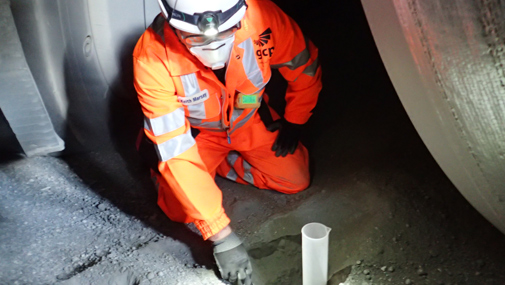Optimizing production without pre-hydration
Pre-hydration forms on the surface of cement grains, acting as a barrier that reduces the reactivity of the cement. This degrades cement strength and increases set times. TAVERO® VM additives optimize cement processing by controlling mill vibration with less water. Using less water lowers pre-hydration - helping to deliver higher quality cement.
Using these cement additives at the optimal dosage allows for decrease in:
- Sprayed water
- Hot gas required to keep the mill at the ideal temperate
- Use of hot gas generator
Historic test results show cement plants are able to increase production up to 37 percent* and decrease energy consumption by up to 17 percent* using TAVERO® VM additives.
For example, a cement plant in Europe was running a VRM and spraying water at 1.5% and milling at 100° C. Using a custom-developed TAVERO® VM cement additive, they achieved 28-day strength gains at +3 MPa through chemical activation and +3 MPa by reducing pre-hydration. In addition, an Asian cement plant also employed a TAVERO® VM cement additive, and was able to reduce initial setting time by 39 minutes, improve three-day compressive strength by +3.3 MPa and enhance 28-day compressive strength by +3.7 MPa.
Using TAVERO® VM additives makes it possible to control mill bed stability while reducing cement pre-hydration.

